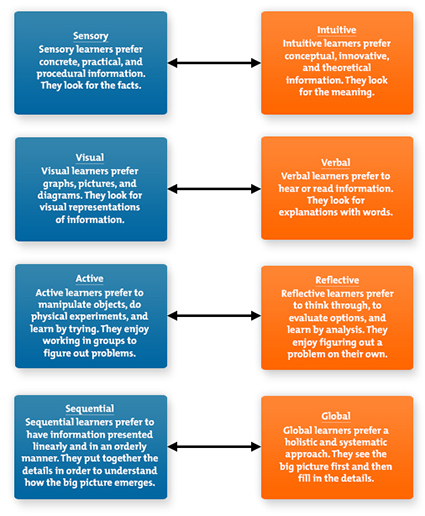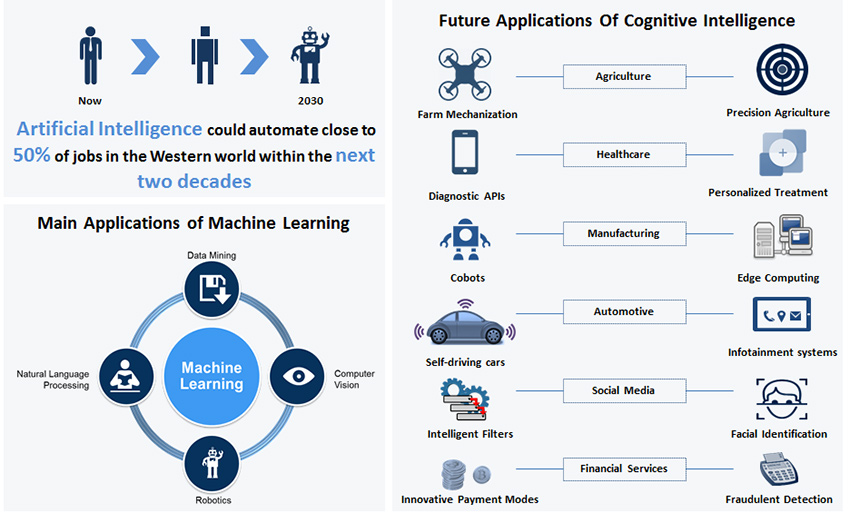Make the Game Worth Playing
When teaching, creating meaning and purpose is significant. It makes it worth playing the game. It is what leads learners to participate to their fullest in the game. There are two types of motivation: intrinsic and extrinsic. These are assuming that learners are on a healthy level of Maslow’s Hierarchy of needs. However, Perkins speculate that meaning has started to diminish due to the misunderstanding of the usefulness of education. Students are missing the “why?” And “where is this going to help me?”. Perkins (2009) states, ” the challenge is to choose and frame content so that it is genuinely worthwhile, and it’s worth is transparent” (pg.56). Student must know the purpose and it’s important to allow for motivation, attention, and transfer to other contexts.
A large part of a new push at our school is extrinsic motivation. We have amped up rewards for the students to motivate them to behave better or work harder. However, sometimes I think there is a very fine line that needs to be placed. Students need to do the expectations because they are expected. In the work place, you do not get a raise or an incentive for showing up on time. That is your job. I understand using motivational factors to help, but I think it is important to align the incentives with personal improvement goals or when students help others and show kindness. Students need to know that these things they are working toward for the incentive are things that they should be doing without the incentive. I would start with a high push of rewards but slowly back off so to lead the student to realize it is not for the candy or the free time, but for themselves and the good habit that will make them successful for the rest of their life. Then I feel they will become more intrinsically motivated in those lagging categories. Motivation is not the only way to make the game worth playing. Engagement is one as well. Our district has mandated many engaging strategies in our classrooms. Such as student led book clubs that rely on student agency and student choice. Engaging stations are also a requirement that lead to hands on teamwork.
As an educator, I know there are going to be some children influenced by Maslow’s Hierarchy. However, as hard as I try there are some students who may need further help than what I can offer. Sometimes I fear schools lack enough resources for students. Whether it is for the emotional support or family out reach program to help things at home, or things that are prohibiting a child to learn. A lingering question is what other programs or resources could be used in the school to help students.
Working on the Hard Parts
Anticipating the hard parts allows for the healthy struggle and frustration to exist. Many times this is why teachers tap into the students pre-existing knowledge on the subject so it can inform our teaching. If teachers present too much material it can be overwhelming and lead to negative behaviors and a lack of motivation. It will stop the game. Perkins (2009) discusses a Plan A and a Plan B in learning. Plan A is to just practice everything (in his case, every piano piece). Plan B is to practice the weakest parts to improve (pg.79-80). This is also where reteaching may occur. Sometimes teachers think that student have fully grasped a concept. However, it is not until application later when they learn that it may not be true. That is why as a teacher, there must be flexible in order to really teach these hard parts. Perkins, on page 83, writes about one of the four principles: on-going assessment. Assessment can be formal and informal. It does not have to be through memorization of information but could be through application to show deeper understanding. Perkins (2009) later discusses peer assessment (pg.84). This assess two things: the ability of the person being assessed, but also the understanding of the assessor. This is another great resource that assess understanding whether during the hard par or before it. Working on the hard part motivates learners, but also allows the full game to be played and be successful.
A few examples of these hard parts in the classroom being explicitly taught exist in the writing process. Although teaching expository writing right now, I have spent a week on each type of paragraph in the essay. I have spent a week teaching and practicing introductory paragraph techniques that are general and not just for expository. I found students struggled with knowing what a topic sentence looks likes. Therefore, we back tracked and spent the time reviewing these necessary elements that would lead them to be successful in writing an expository piece. However, I know citations is going to be the next hard part. Therefore I will spend a week focused on teaching it explicitly. I am anticipating its difficulty. Whereas before I was unaware of the lack of transfer for paragraph formatting. I had scaffolded for what I assumed would be there level. Once I assessed where they truly were I had to rework the unit. The hard parts are by far the most rewarding part of teaching. Another example I have recently crossed is that when having the students create presentations they have lacked the ability to create such things on Google Slides. I had to assess what they did not know and teach them these computer skills that are important to their success in nearly all paths of their future. It was a hidden game that needed to be taught and played. One I did not plan on being a “hard part” until I informally assessed their presentations.

Perkins specifies three different types of feedback that are crucial to on-going assessment and teaching of the hard parts. I firmly believe that choosing which type of feedback depends on two things: the task at hand and the student. The assessment type is influential in choosing feedback. Depending on what type of assignment the teacher’s comments and corrections should differ. It is also directly connected to the full class assessment as well. If more than one student is struggling with something, perhaps individual feedback will not work, but instead a full reteaching. As mentioned above, it is also dependent on the student. With many 504s and IEPs, it is necessary to ensure plans are followed. Even behavioral students with a low tolerance to criticism may need it to be a more conversational piece opposed to a flat out correction. It truly depends on what the student needs and how they need it to be taught to them in order to be successful. As the numbers in the classroom increase it becomes more and more difficult to informally assess all the students. I wonder what systems can help with informal and formal assessment for teachers. This leads to the final concept: artificial intelligence.
Artificial Intelligence
Although artificial intelligence is not perhaps a cognitive concept we have learned, it is instead the ability to replicate the intricate and vast abilities of the mind. Although technologies have advanced incredibly, there are just some shortages in abilities of artificial intelligences. After reading this week, it is clear that artificial intelligence is everywhere. Some programs being simplistic online programs, while others are human-like and appearance and ability. In the article titled “The Relationship Between Emotion Models and Artificial Intelligence” the authors write about how the façade of emotion in the AI leads users to have higher expectations. It states, “the mere presence of an animated face raises the expectation levels of its user. An entity that is able to express emotions is also expected to recognize and understand them. The same holds true for speech. If an artificial entity talks then we also expect it to listen and understand” (pg.10). The users will immediately recognize the lack of intelligence and understanding or proper emotional response because they will be treating the AI as a human and not what it truly is. Therefore resulting in a let down.
During a dinner at my parents, I was shown the new AI device Alexa. It was incredible to watch as Alexa answered us, even joked and had the startings of a personality. However, there were limits to her responses, which were usually covered up with some quirky and humorous remarks. Even so, it was intriguing to listen to this computer generated persona. Although, I would like to use AI in the classroom more. Below is a video that describes the abilities of AI in the classroom.
Click Here For Other Examples to Use in the Classroom
Final Reflection
These three trinkets are now tools in my tool box. They surround the present and future of my classroom. They are things I will consider and continue to research until I have woven them through my teaching. I will include all mental cognitive practices in this endeavor and continue to question and push myself in order to better my classroom and prepare my students for their bright futures. I look forward to enjoying each game and its hidden game in the classroom with my students.
Resources
Bartneck, H., Lyons, M., & Saerbeck, M. (2017). The Relationship Between Emotion Models and Artificial Intelligence. Retrieved from https://arxiv.org/ftp/arxiv/papers/1706/1706.09554.pdf
California State University Dominguez Hills. (n.d.). Cycle of Reflective Teaching [Digital image]. Retrieved from http://www2.csudh.edu/tsr/images/cycle%20of%20reflective%20teaching.jpg
Mcleod, S. (2017). Maslow’s Hierarchy of Needs. Retrieved January 30, 2018, from https://www.simplypsychology.org/maslow.html
Perkins, D. N., & ebrary, I. (2009). Making Learning Whole : How Seven Principles of Teaching Can Transform Education. San Francisco, Calif: Jossey-Bass.






